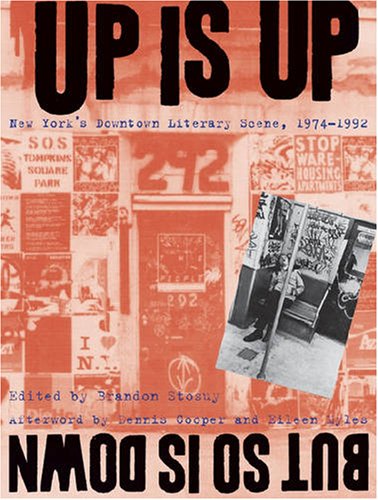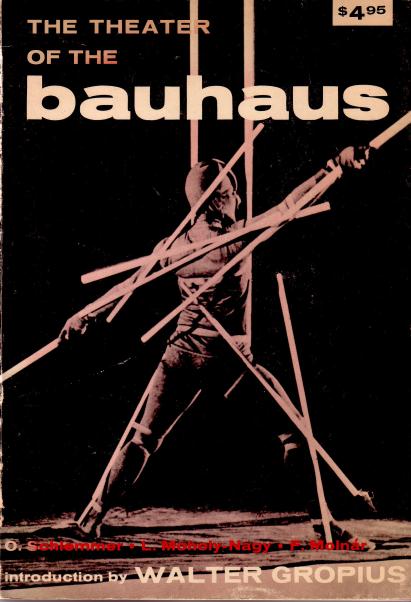Hillel Schwartz: The Culture of the Copy: Striking Likenesses, Unreasonable Facsimiles, 2nd ed. (1996/2013)
Filed under book | Tags: · animal, appropriation, art, children, computing, copy, death, fashion, film, gender, genetics, history, imitation, japan, language, machine, memory, music, photography, piracy, property, reenactment, reproduction, sculpture, simulation, slavery, statistics, surgery, technology, theatre, time, war

The Culture of the Copy is an unprecedented attempt to make sense of the Western fascination with replicas, duplicates, and twins. In a work that is breathtaking in its synthetic and critical achievements, Hillel Schwartz charts the repercussions of our entanglement with copies of all kinds, whose presence alternately sustains and overwhelms us. Through intriguing, and at times humorous, historical analysis and case studies in contemporary culture, Schwartz investigates a stunning array of simulacra—counterfeits, decoys, mannequins, and portraits; ditto marks, genetic cloning, war games, and camouflage; instant replays, digital imaging, parrots, and photocopies; wax museums, apes, and art forgeries, not to mention the very notion of the Real McCoy. Working through a range of theories on biological, mechanical, and electronic reproduction, Schwartz questions the modern esteem for authenticity and uniqueness. The Culture of the Copy shows how the ethical dilemmas central to so many fields of endeavor have become inseparable from our pursuit of copies—of the natural world, of our own creations, indeed of our very selves.
This updated edition takes notice of recent shifts in thought with regard to such issues as biological cloning, conjoined twins, copyright, digital reproduction, and multiple personality disorder. At once abbreviated and refined, it will be of interest to anyone concerned with proglems of authenticity, identity, and originality.
First published in 1996
Publisher Zone Books, New York, 2013
ISBN 1935408453, 9781935408451
480 pages
Review (Terence Hawkes, London Review of Books, 1997)
Review (Francis Kane, The New York Times, 1997)
Review (Todd Gitlin, Los Angeles Times, 1997)
Download (removed on 2014-3-20 upon request of the publisher)
Comment (1)Brandon Stosuy (ed.): Up Is Up, But So Is Down: New York’s Downtown Literary Scene, 1974-1992 (2006)
Filed under book | Tags: · 1970s, 1980s, 1990s, art, diy, history of literature, literature, music, new york, poetry, publishing, theatre

“Sometime after Andy Warhol’s heyday but before Soho became a tourist trap, a group of poets, punk rockers, guerilla journalists, graffiti artists, writers, and activists transformed lower Manhattan into an artistic scene so diverse it became known simply as “Downtown.“ Willfully unpolished and subversively intelligent, figures such as Spalding Gray, Kathy Acker, Richard Hell, David Wojnarowicz, Lynne Tillman, Miguel Piñero, and Eric Bogosian broke free from mainstream publishing to produce a flood of fiction, poetry, experimental theater, art, and music that breathed the life of the street.
The first book to capture the spontaneity of the Downtown literary scene, Up Is Up, But So Is Down collects more than 125 images and over 80 texts that encompass the most vital work produced between 1974 and 1992. Reflecting the unconventional genres that marked this period, the book includes flyers, zines, newsprint weeklies, book covers, and photographs of people and the city, many of them here made available to readers outside the scene for the first time. The book’s striking and quirky design—complete with 2-color interior—brings each of these unique documents and images to life.
Brandon Stosuy arranges this hugely varied material chronologically to illustrate the dynamic views at play. He takes us from poetry readings in Alphabet City to happenings at Darinka, a Lower East Side apartment and performance space, to the St. Mark’s Bookshop, unofficial crossroads of the counterculture, where home-printed copies of the latest zines were sold in Ziploc bags. Often attacking the bourgeois irony epitomized by the New Yorker’s short fiction, Downtown writers played ebulliently with form and content, sex and language, producing work that depicted the underbelly of real life.
With an afterword by Downtown icons Dennis Cooper and Eileen Myles, Up Is Up, But So Is Down gathers almost twenty years of New York City’s smartest and most explosive—as well as hard to find—writing, providing an indispensable archive of one of the most exciting artistic scenes in U.S. history.”
With an afterword by Dennis Cooper and Eileen Myles
Publisher NYU Press, 2006
ISBN 9780814740118
500 pages
Downtown Collection at NYU’s Fales Library
Reviews: Ed Halter (Village Voice, 2006), Meghan O’Rourke (New York Times, 2006), Tim W. Brown (Columbia Journal of American Studies, n.d).
Commentary: Cynthia Carr (New York Times, 2006), Peter Cherches (2006).
PDF (39 MB, updated on 2019-8-23)
Comments (2)Walter Gropius (ed.): The Theater of the Bauhaus (1925–) [DE, EN]
Filed under book | Tags: · acrobatics, art history, avant-garde, bauhaus, circus, constructivism, dance, pantomime, theatre

“The Bauhaus movement was one of this century’s most daring experiments in arts education, and its influence on architecture, design, and the visual arts is well known. Many of its most important ideas are revealed in Bauhaus writings about theatrical performance and performance spaces. Originally published in Germany in 1925 — at the height of the Bauhaus movement’s influence– The Theater of the Bauhaus collects writings from some of the movement’s most important figures and describes a theater stripped of history, moralism, scenery, and, for that matter, narrative itself. The Bauhaus group believed traditional theater to be little more than a vehicle for propaganda, with its “peep show stage” separating spectators from performers. They rejected as well the theater of ridicule and satire practiced by the Dadaists and Expressionists. In place of both traditional drama and the avant-garde that lampooned it, Oskar Schlemmer and his Bauhaus associates created an abstract theater of movement, color, light, form, and sound-language would be added later, once the stage had been purged of its “literary encumbrance.” They believed that humanity’s essential nature–freed from history, tradition, class, and nationality–would find expression in theatrical works that incorporated pantomime, masks, dance, and acrobatics.”
Contents: Walter Gropius: Introduction; Oskar Schlemmer: Man and Art Figure; Laszlo Moholy-Nagy: Theater, Circus, Variety; Farkas Molnar: U-Theater; Oskar Schlemmer: Theater (Bühne); Translator’s Note.
Publisher Albert Langen, Munich, 1925
Volume 4 of Bauhausbücher series
84 pages
via Bibliothèque Kandinsky
English edition
Translated by Arthur S. Wensinger
Publisher Wesleyan University Press, 1961
ISBN 0819560200
110 pages
Die Bühne im Bauhaus (German, 72 MB, via Bibliothèque Kandinsky, added on 2014-8-17, updated on 2022-4-13)
Die Bühne im Bauhaus (German, PDF, JPG, in Heidelberg U Library, added on 2019-7-7)
The Theater of the Bauhaus (English, trans. Arthur S. Wensinger, 1961, 6 MB, updated on 2016-10-15)
See also other titles in Bauhaus Books series.
Comments (6)
